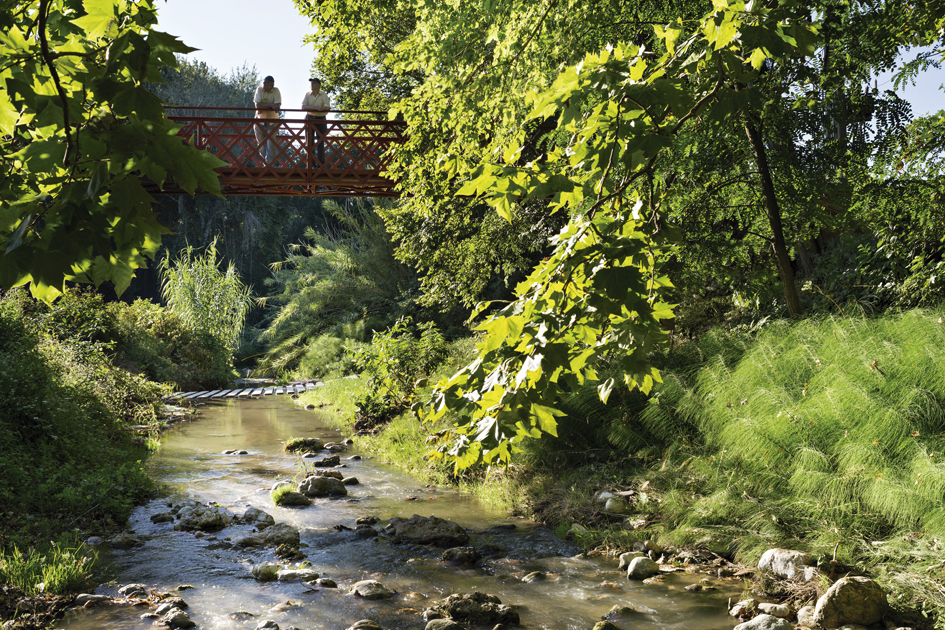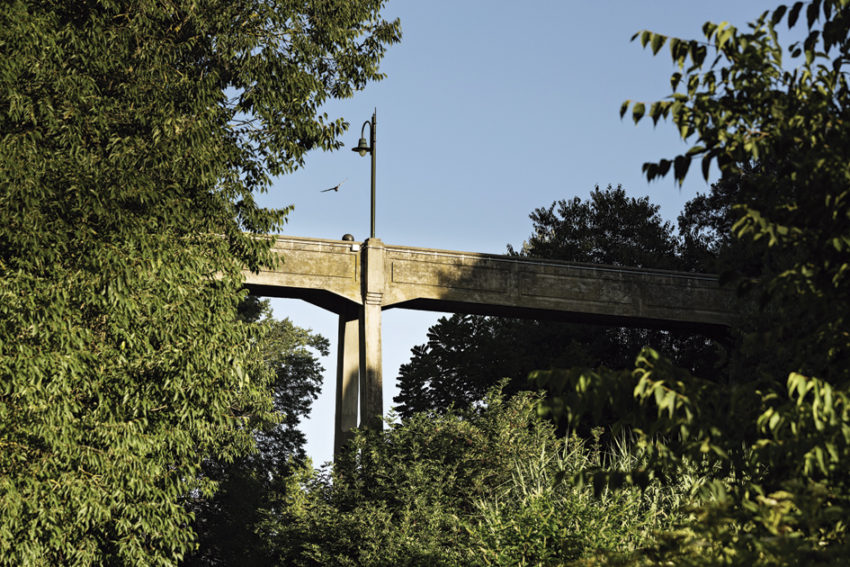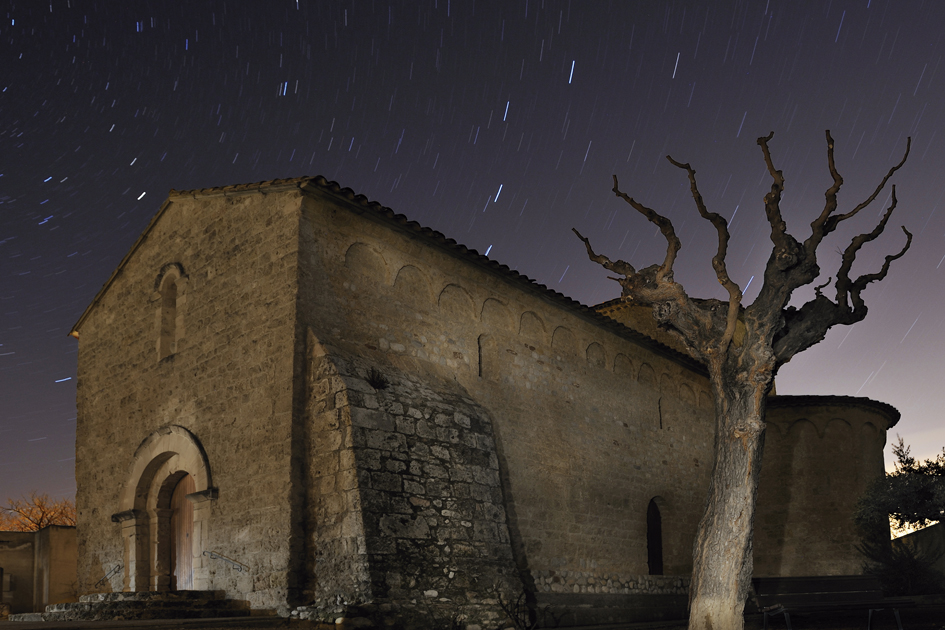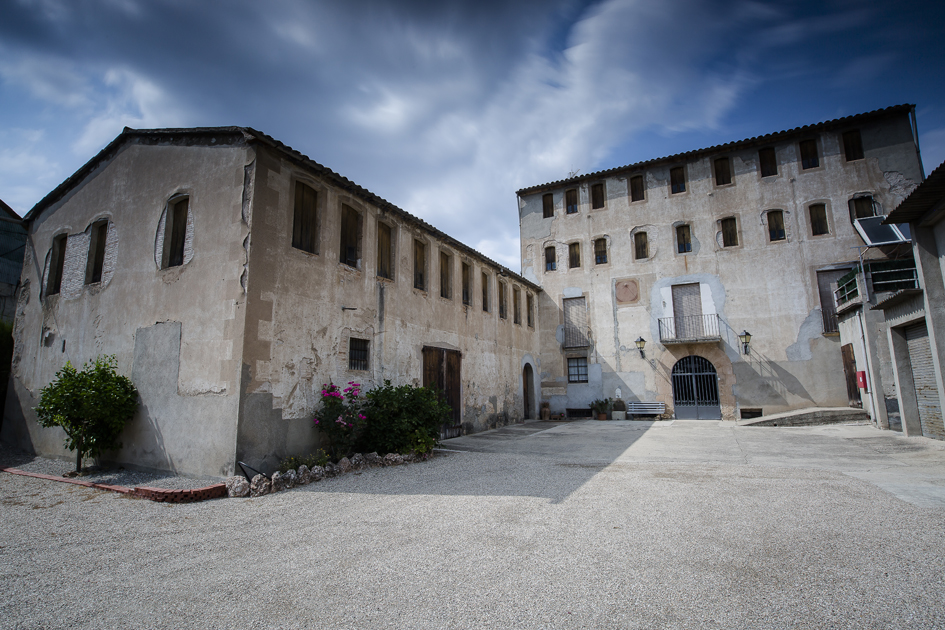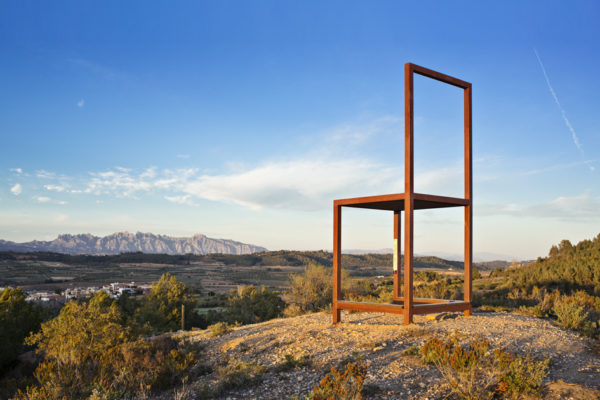Centre d'Interpretació de l'Aigua de Torrelavit | other places of interest
El Centre d’Interpretació de l’Aigua de Torrelavit, un nou equipament cultural i turístic al Penedès que posa en valor el paper del riu i l’aigua en el passat, present i futur al territori.
La museïtzació compta amb audiovisuals i fotografies històriques i es divideix en tres parts: el Riu, on s’explica com aquest esdevé l’eix per als assentaments urbans i el subministrament d’aigua al territori; l’Aigua per treballar, fent un repàs de la indústria paperera que hi havia al municipi amb la construcció de dotze molins paperers des del s. XVII fins al s. XX, i quins són els usos del paper al llarg de la història; i la darrera part, que posa en valor els actius turístics i culturals de Torrelavit i la iniciativa del Camí del Riu, entre d’altres.
Centre d'Interpretació de l'Aigua de Torrelavit, Torrelavit, Equipament cultural, Ajuntament de Torrelavit, Penedès, Alt Penedès, El Penedès i Torrelavit, Riudebitlles, Molí paperer, Molins paperers de Torrelavit, Molí Blanc, Molí de Cal Roda, Molí d'en Esbert, Molí del Cover, Molí del Mig, Molí del Pelleter, Molí Vinyals, Molí d'en Parellada, Molí Xic, Molí de Cal Ferrer, Molí de Ribalta, Molí del Cardús, Camí del Riu
726
page-template-default,page,page-id-726,,qode_grid_1200,footer_responsive_adv,qode-theme-ver-10.0,wpb-js-composer js-comp-ver-4.12,vc_responsive,en
Just a few minutes from the Centre d’Interpretació de l’Aigua, there are many places to visit.
Combine your visit with a trip to another of the area’s places of cultural and natural interest.
Ask us for more information.
Puente de Cal Mussons
Built between 1912 and 1913, it facilitated crossing the Riudebitlles from Calle de la Fuente de Terrassola. The work, which cost 4,000 pesetas at the time, was financed by the Town Hall. The huge, early morning storm of the 17th August 1921 caused a flood which destroyed part of the bridge. Rebuilt with patience and effort, the series of arches was removed to allow for easier flow of water.
PUENTE DE LAS ESCUELAS
Financed by the philanthropist Pau Vidal Rovia, native of Terrassola, it was inaugurated on the 13th August 1930 to improve access to the school area and avoid the Torrente de Sant Marçal. It was the work of builder Joaquim Cardús, who was known by the alias Quimat Nonis.
PUENTE DE LA PINEDA O DEL MOLINO
Built in 1960, this bridge connected the two Torrelavit neighbourhoods and changed the physiology and the entrance into the town. The bridge has two arches on the Torrente de Sant Marçal and three on Bitlles.
Sant Marçal de Terrassola
A Roman church from the 11th century, consecrated by the Archbishop of Barcelona between 1043 and 1054 as a church of Terrassola castle, of which nothing remains. A parish since 1209, it has just one barrel vault roof nave. It was restored between 1985 and 1986 by the Servicio del Patrimonio Arquitectónico Local de la Diputació de Barcelona.
MOLINO DEL COVER
This paper mill was built in 1780 and is included in the Inventario del Patrimonio Arquitectónico de Cataluña. Taking advantage of the water of the Riudebitlles, the mill was dedicated to making deckle-edged paper, cigarette paper, official document paper, and cotton pulp paper.
Miravinya La Cadira
A giant seat rises up from the Colina de la Malgranada in Torrelavit, an idyllic place where you can enjoy 360 ° views of the natural landscape.
+ info Enoturisme Penedès
Cruz de Lavit
The cross is located on the left of the Carretera de Torrelavit on the Pla del Penedès. It’s a cross in more ways than one, given that it is found where the parish lines of Santa María de Lavit and Santa Magdalena del Pla del Penedès cross. There is a stunning panoramic view of Torrelavit town, the Riudebitlles valley and Montserrat.
